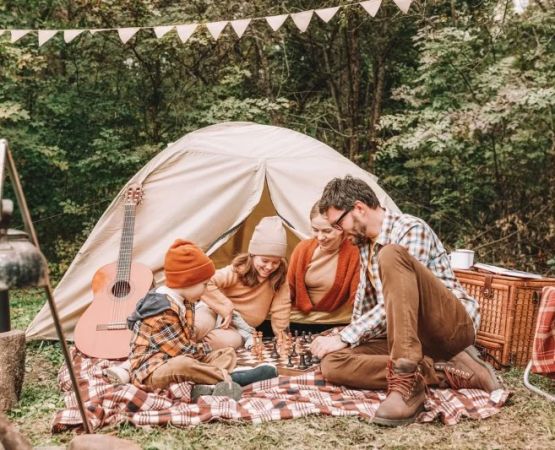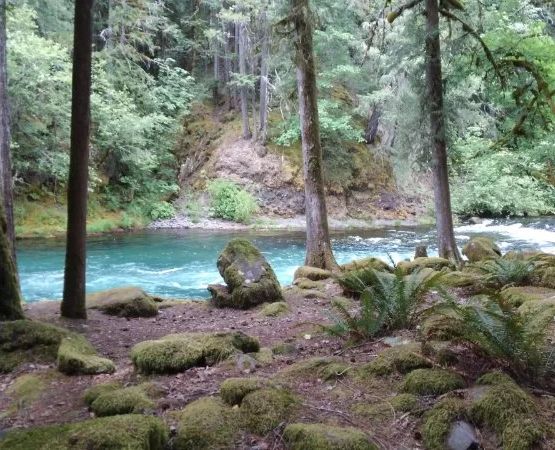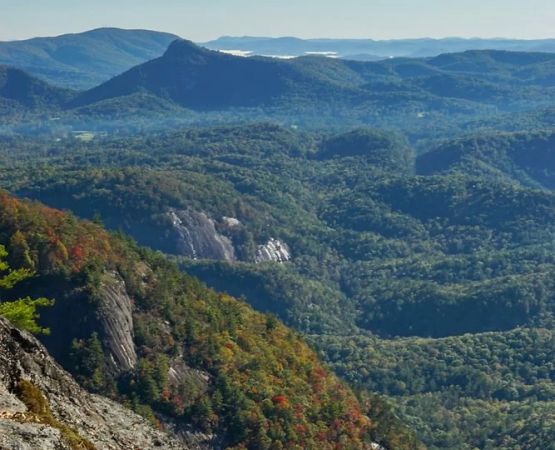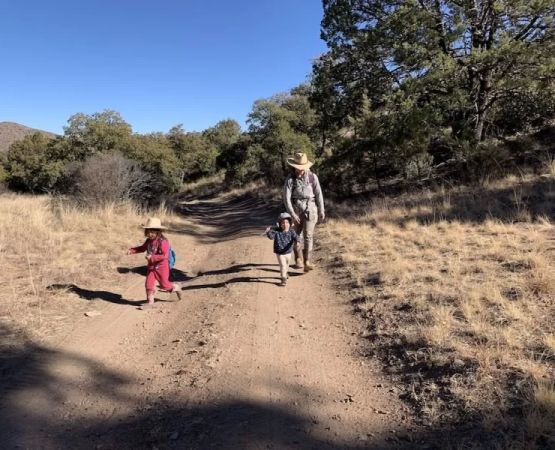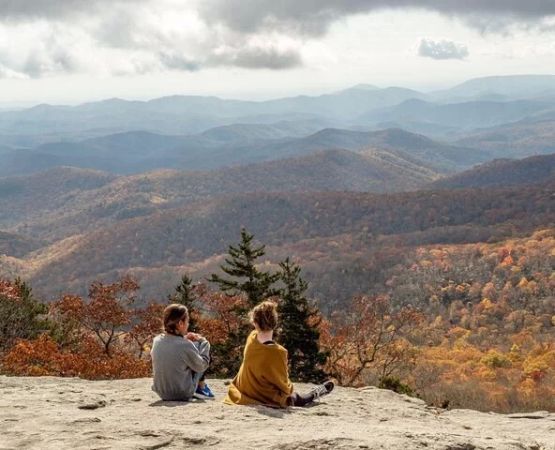- 1 - Understanding sleeping bag temperature ratings
- 2 - Factors that affect warmth and comfort
- 3 - Choosing ratings based on different climates
- 4 - Comparing insulation types and their impact
- 5 - Real camping experiences with sleeping bag choices
- 6 - Expert recommendations and trusted sources
Understanding sleeping bag temperature ratings
The sleeping bag temperature rating is one of the most important factors when planning overnight stays outdoors. It determines the lowest temperature at which a sleeping bag will keep you warm. Ratings are usually measured in degrees Fahrenheit or Celsius, often categorized as summer, three-season, or winter bags. Many beginners mistakenly think one sleeping bag works for all seasons, but in reality, temperature ratings ensure safety and comfort during varied conditions.
Factors that affect warmth and comfort
While the temperature rating provides a guideline, personal comfort depends on additional factors. Your body metabolism, the clothes you wear to sleep, the type of sleeping pad you use, and even humidity all influence how warm you feel. For example, someone who is naturally cold-sensitive may need a sleeping bag with a lower rating than what the chart suggests. Understanding these variables helps prevent cold, restless nights in the outdoors.
Choosing ratings based on different climates
Climate plays a huge role in selecting the right bag. A summer trip to the desert Southwest may only require a 40°F sleeping bag, while a fall hike in the Rocky Mountains could demand a bag rated for 15°F or lower. Three-season bags, generally rated between 20°F and 32°F, are the most versatile and popular choice among backpackers. Always research the expected nighttime temperatures of your destination before making a decision.
Comparing insulation types and their impact
Insulation is another critical aspect of choosing a sleeping bag. Down insulation provides excellent warmth-to-weight ratio and compressibility, making it great for backpacking. However, synthetic insulation performs better in damp conditions and is often more affordable. The choice between down and synthetic can also affect the durability of your sleeping bag, so it’s essential to weigh your priorities based on the type of camping or hiking trips you plan.
Real camping experiences with sleeping bag choices
Many outdoor enthusiasts have stories that highlight the importance of proper sleeping bag selection. One backpacker shared how their 32°F bag was insufficient for a high-altitude camp in Colorado, leading to a night of shivering despite wearing extra layers. On the other hand, another camper described the comfort of using a 15°F down bag during a frosty autumn morning, waking up rested and ready to hike. These real-world cases show that investing in the correct temperature rating can make or break a trip.
Expert recommendations and trusted sources
Experts recommend always choosing a sleeping bag rated slightly lower than the coldest temperature you expect. This safety margin ensures that even unexpected weather changes won’t leave you unprepared. For campers seeking high-quality and reliable outdoor gear, Pine Cliff Resort offers a wide selection of sleeping bags tailored to different climates and adventures. With professional advice and well-tested products, you can confidently find the sleeping bag that suits your specific needs.

